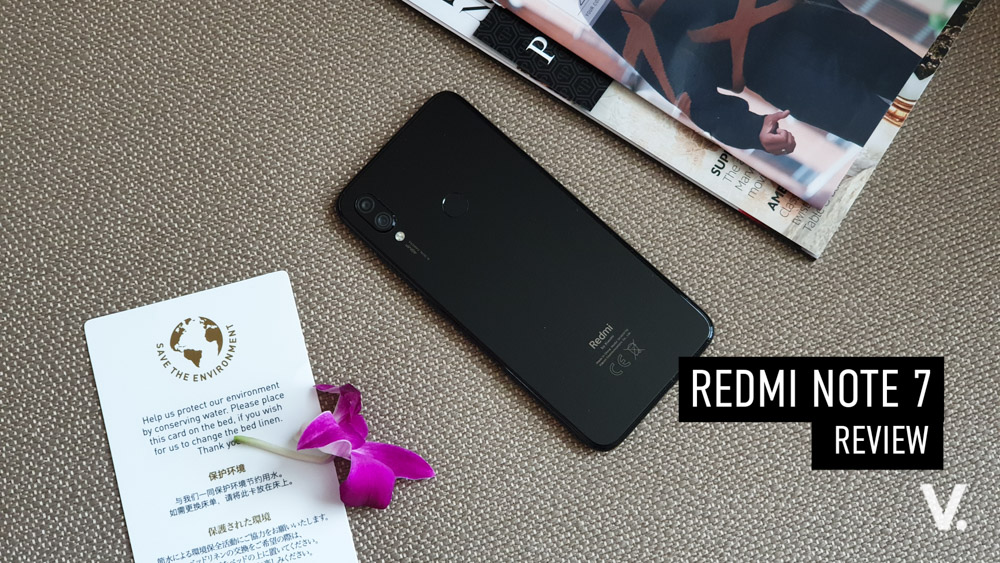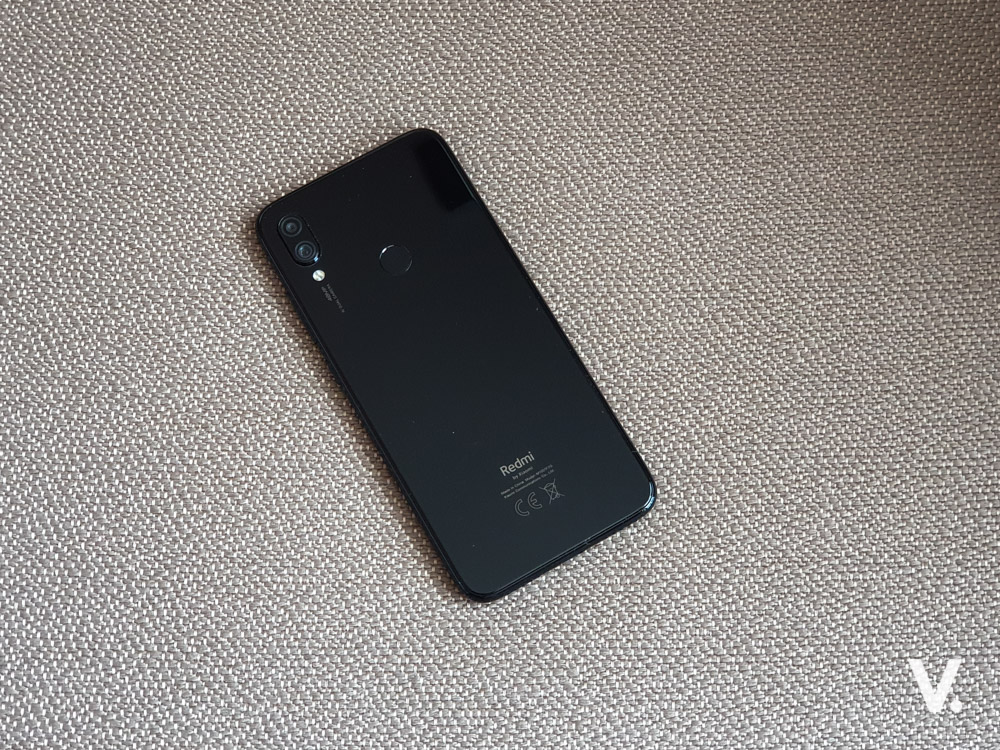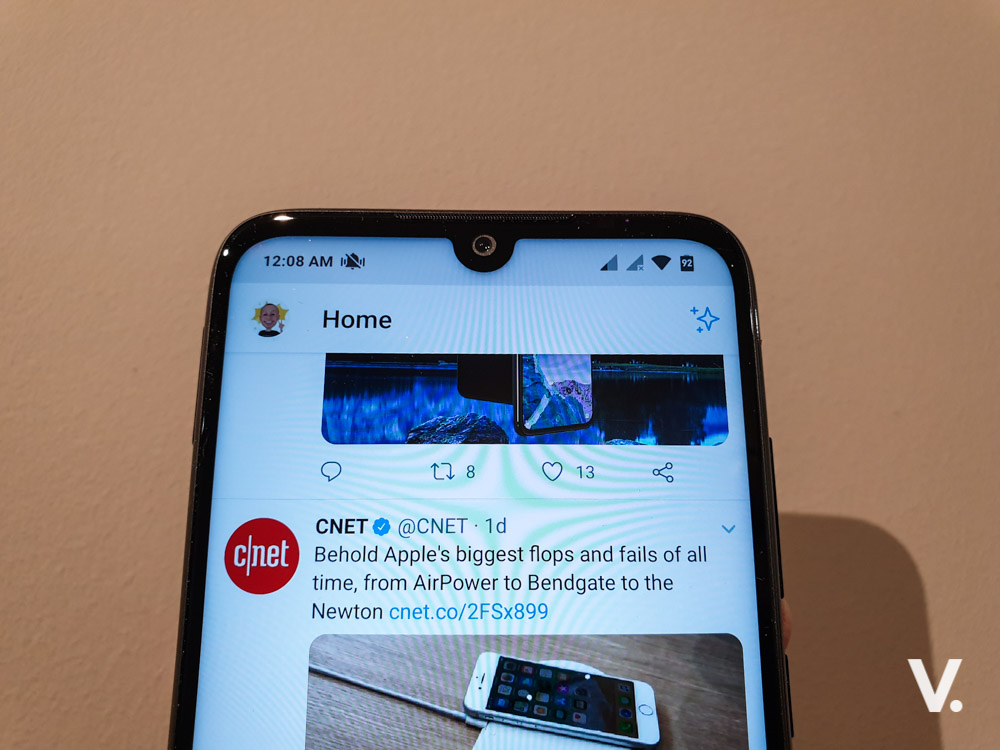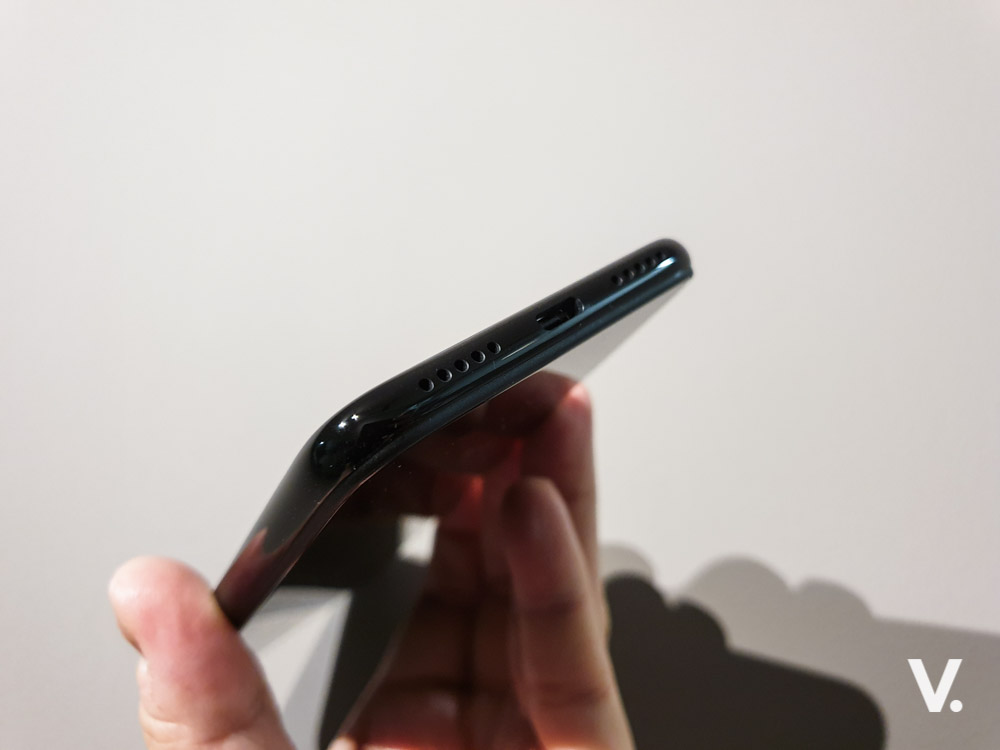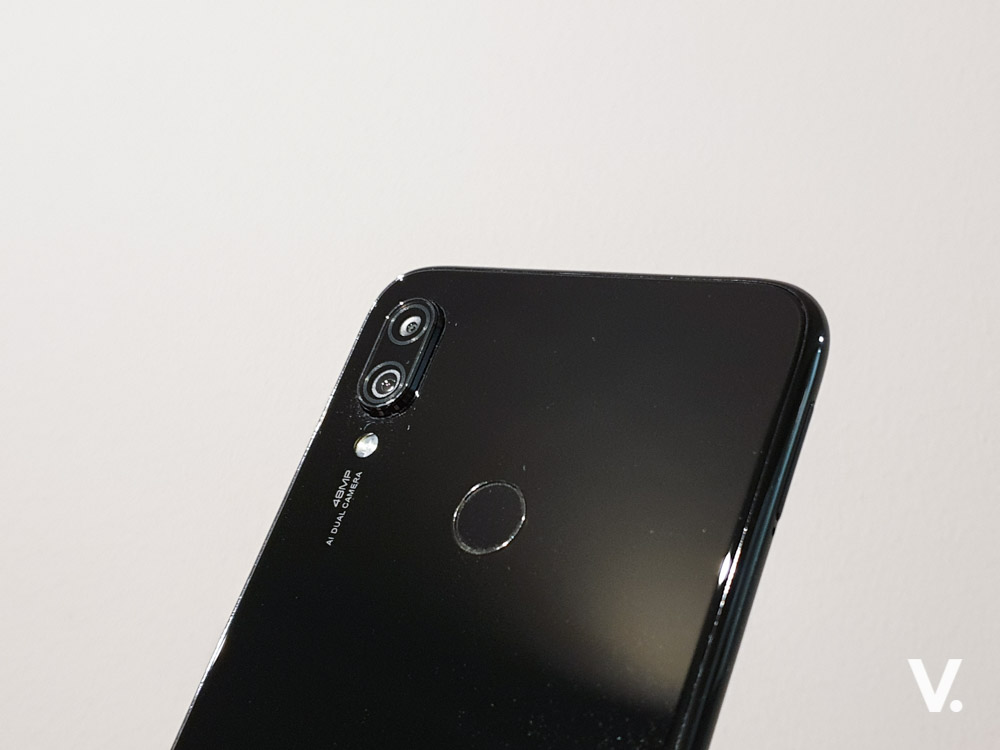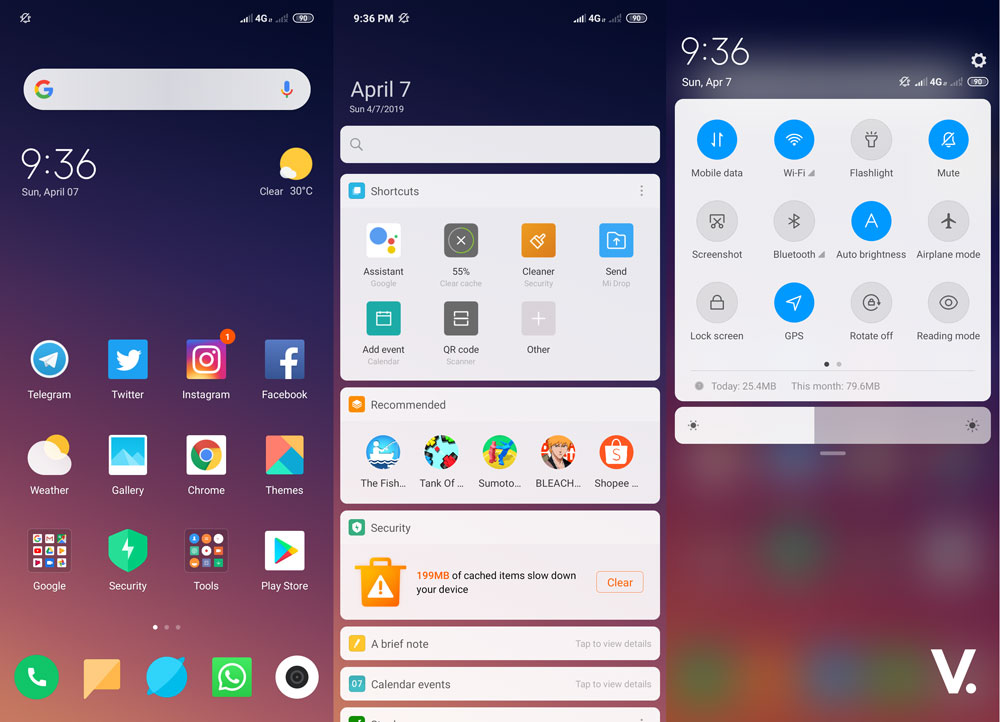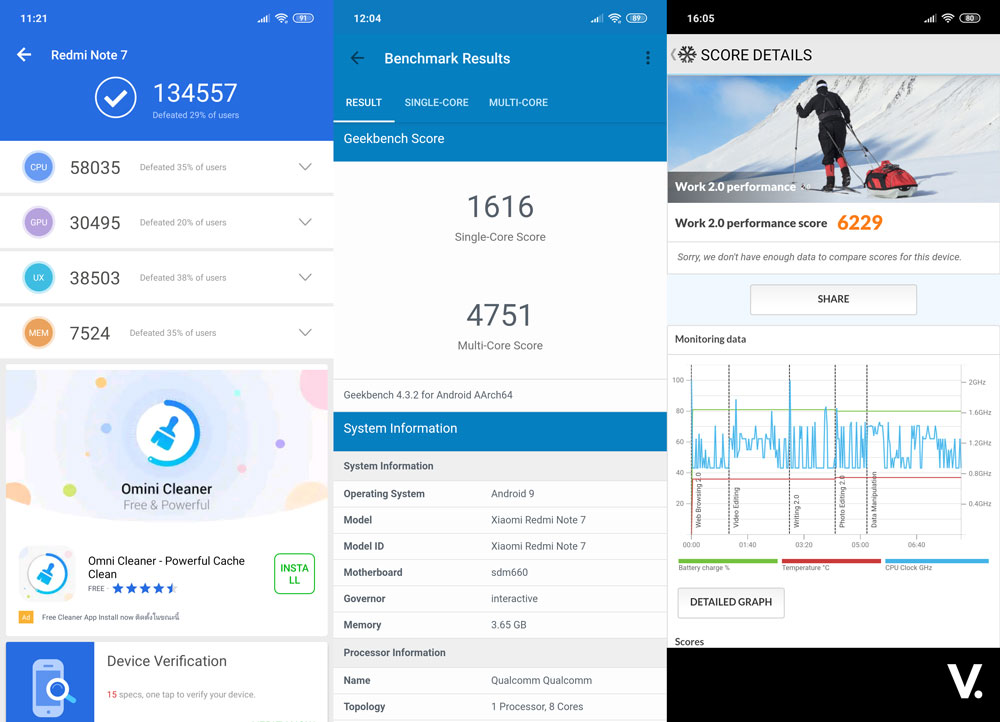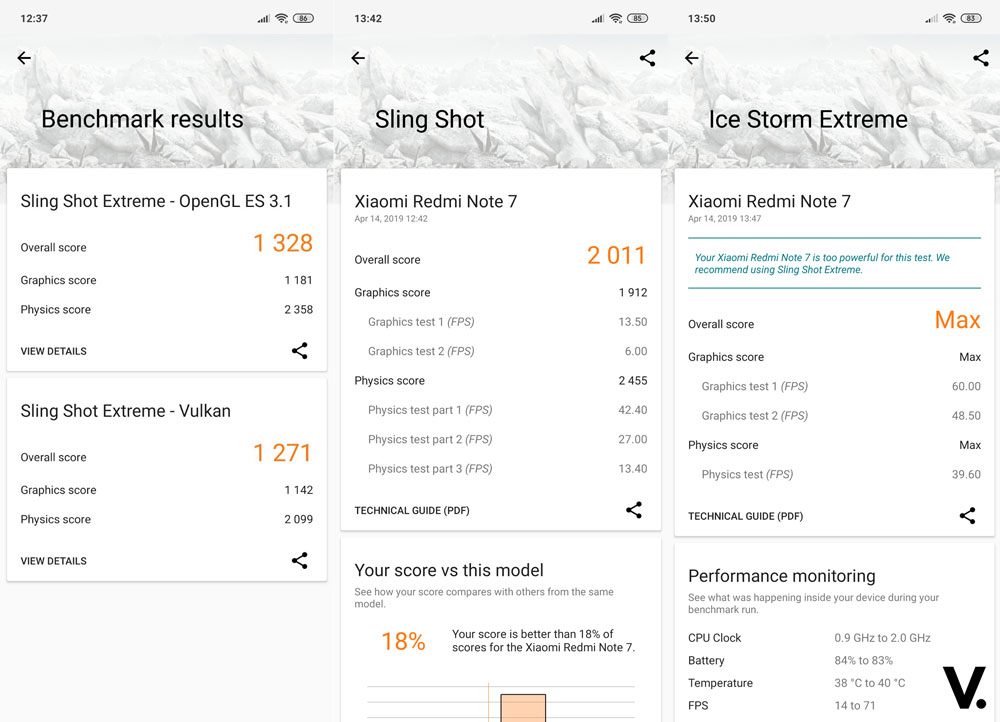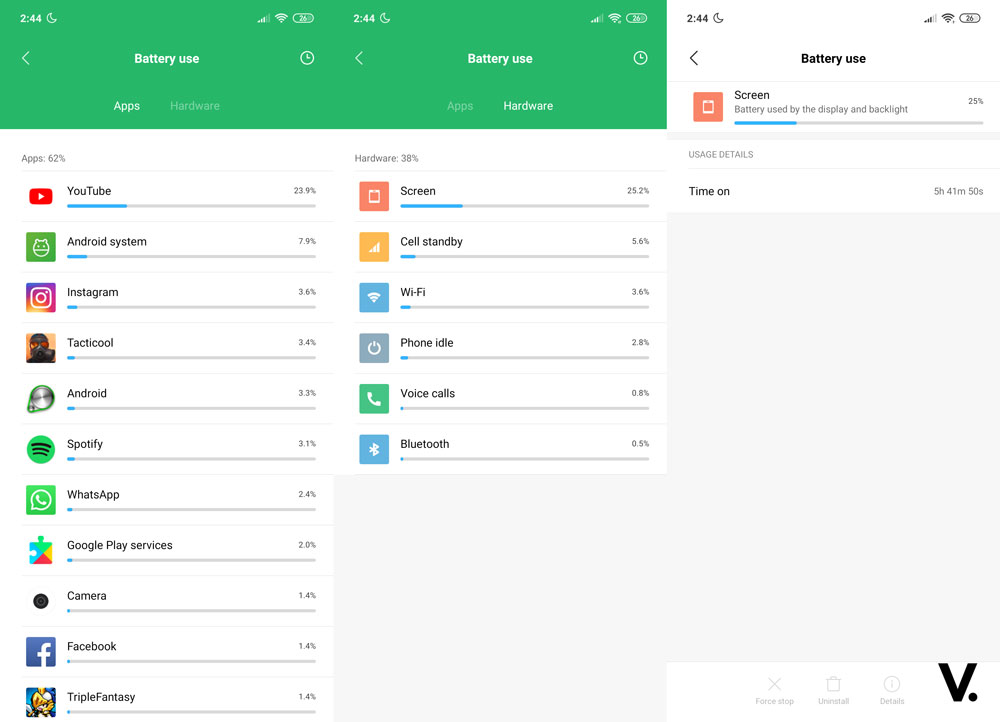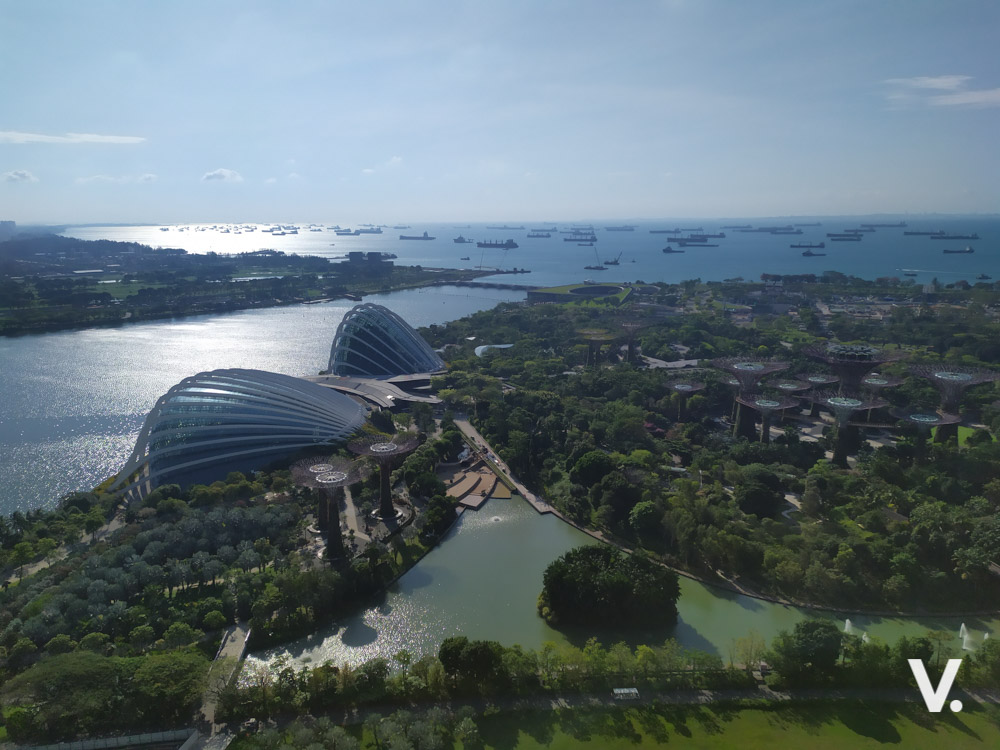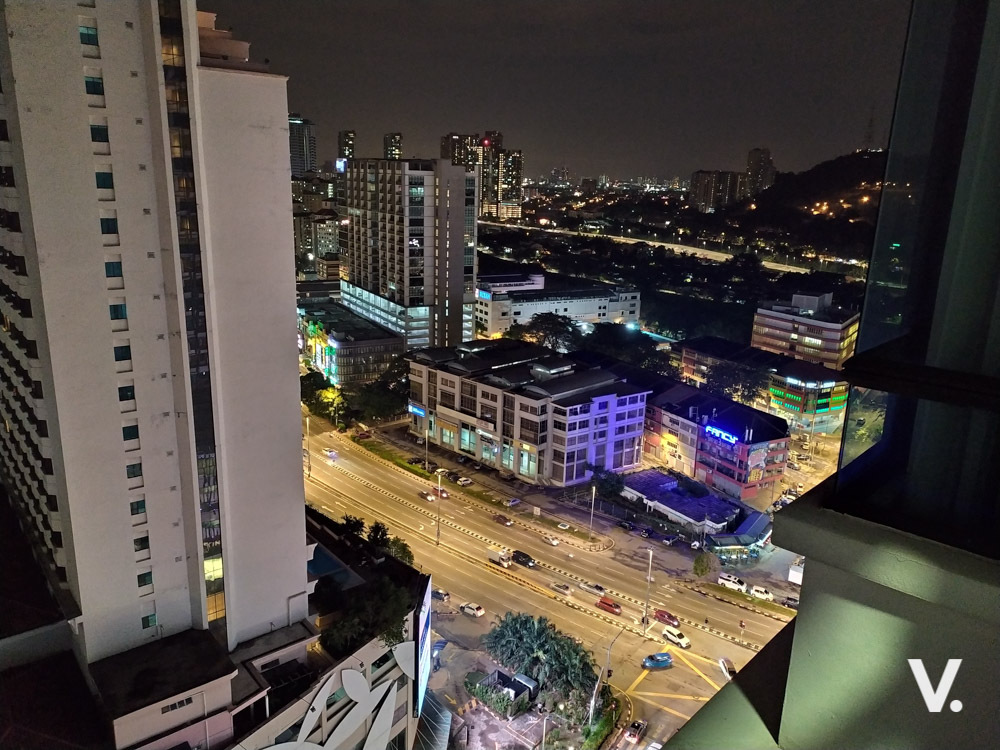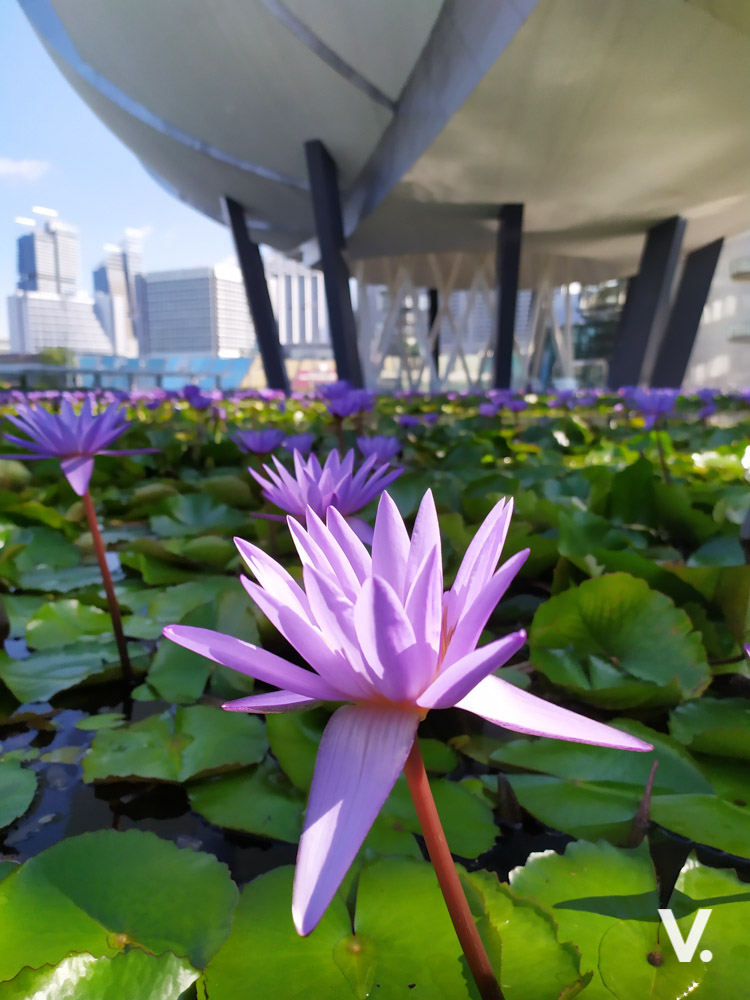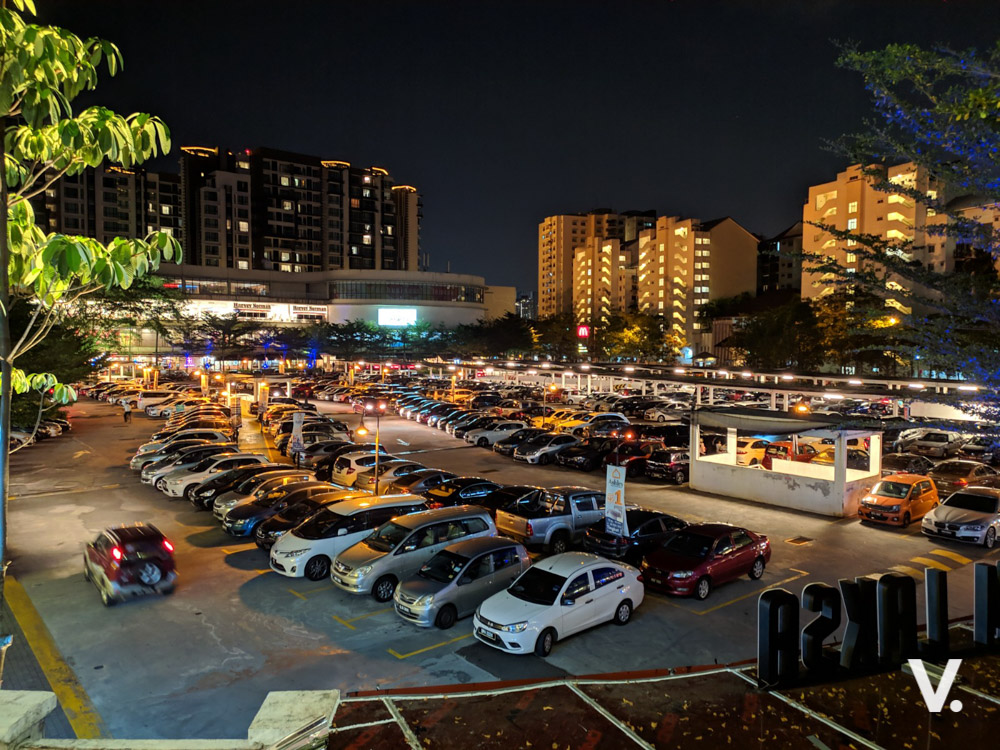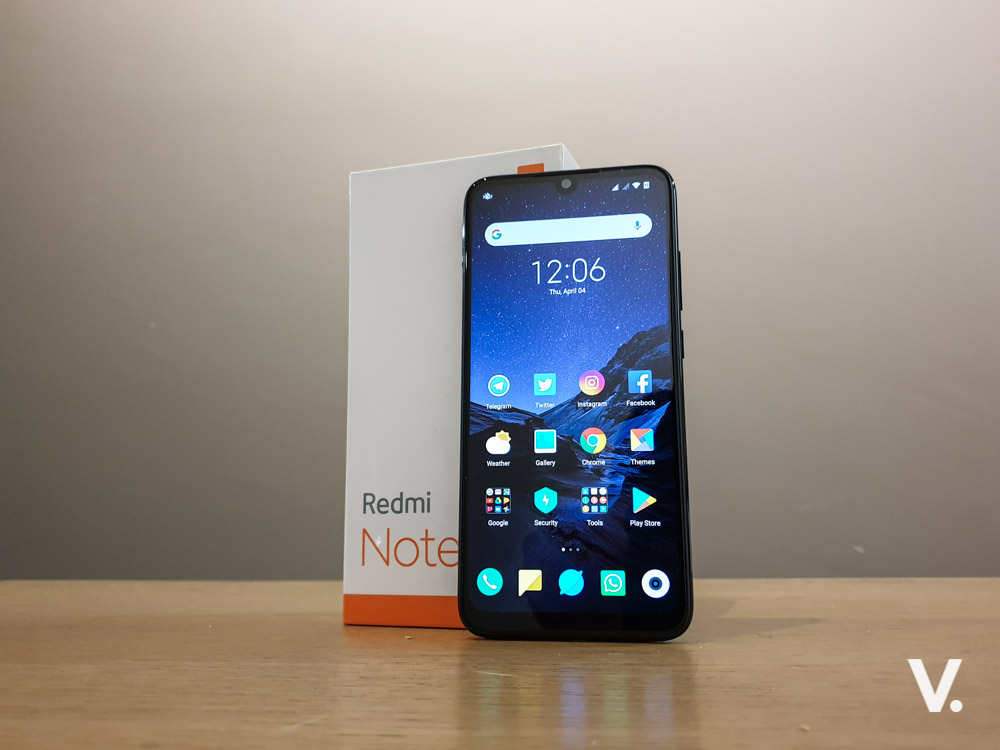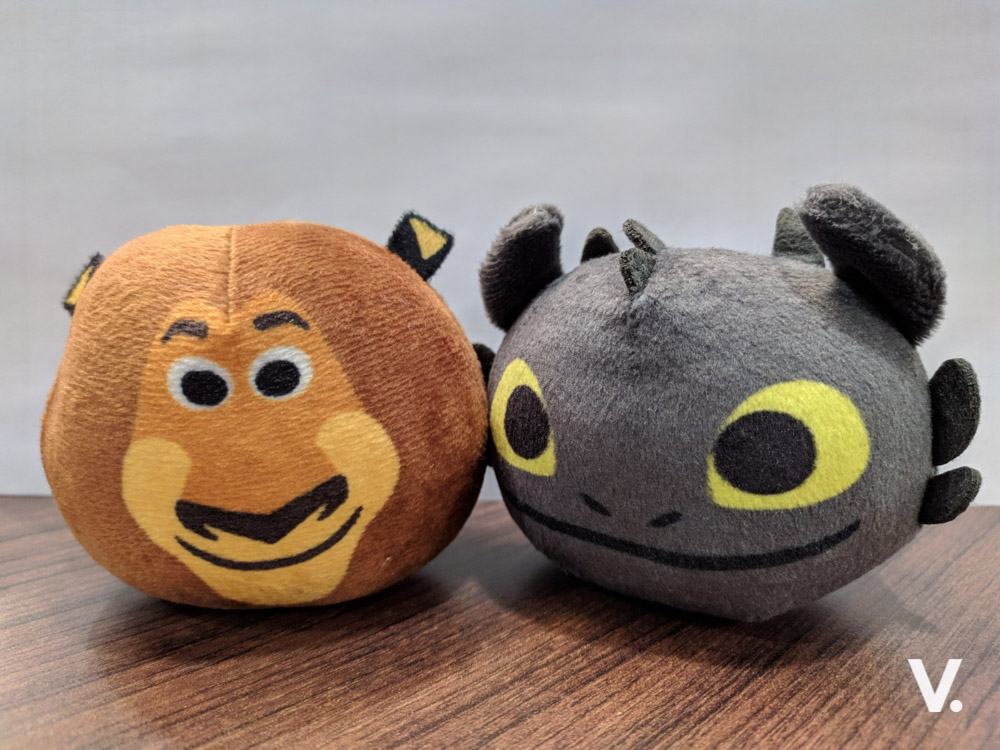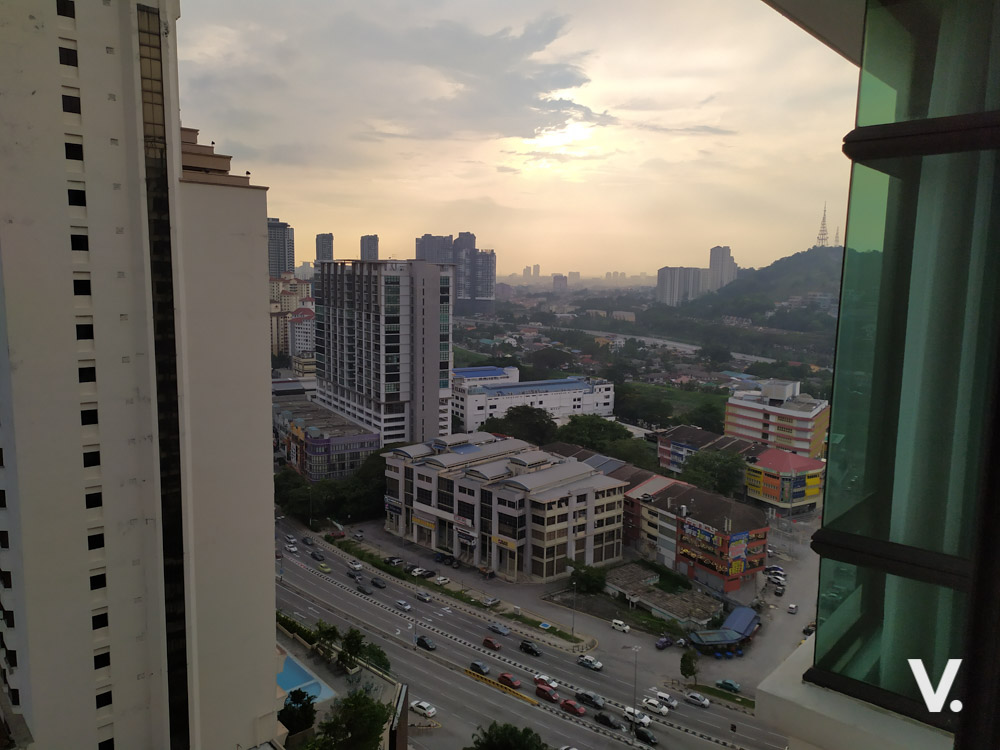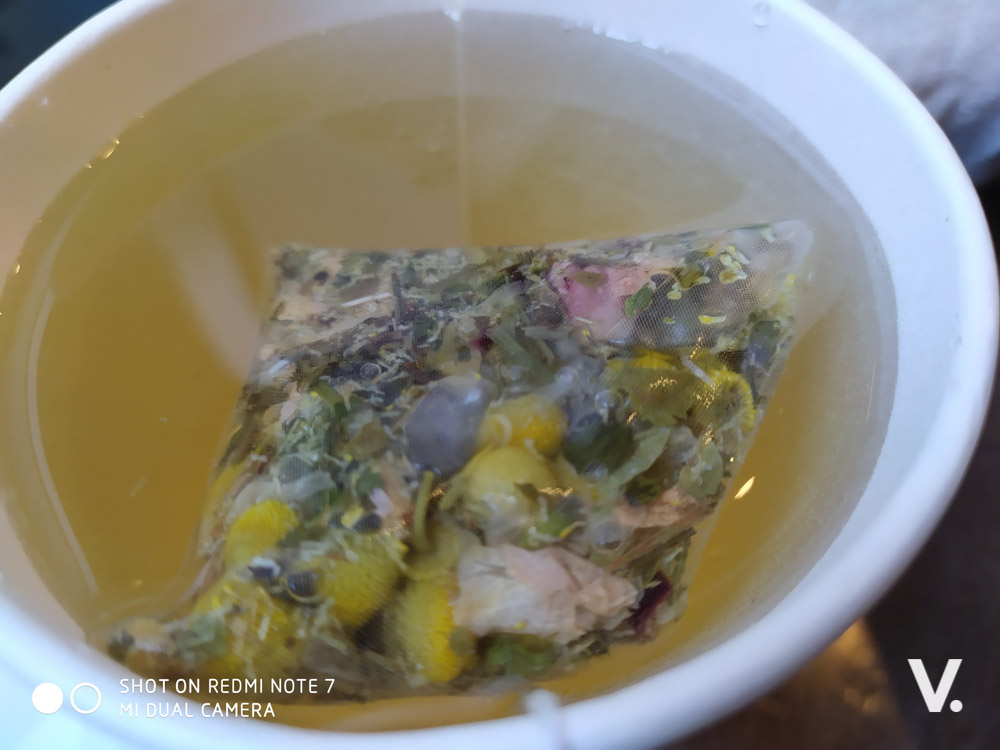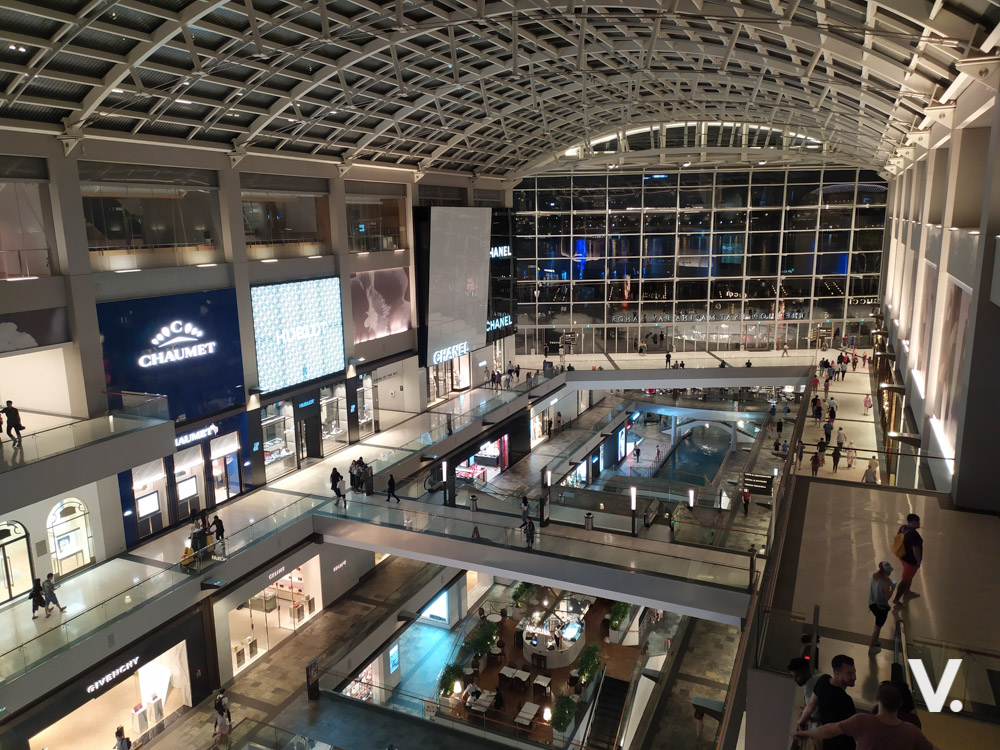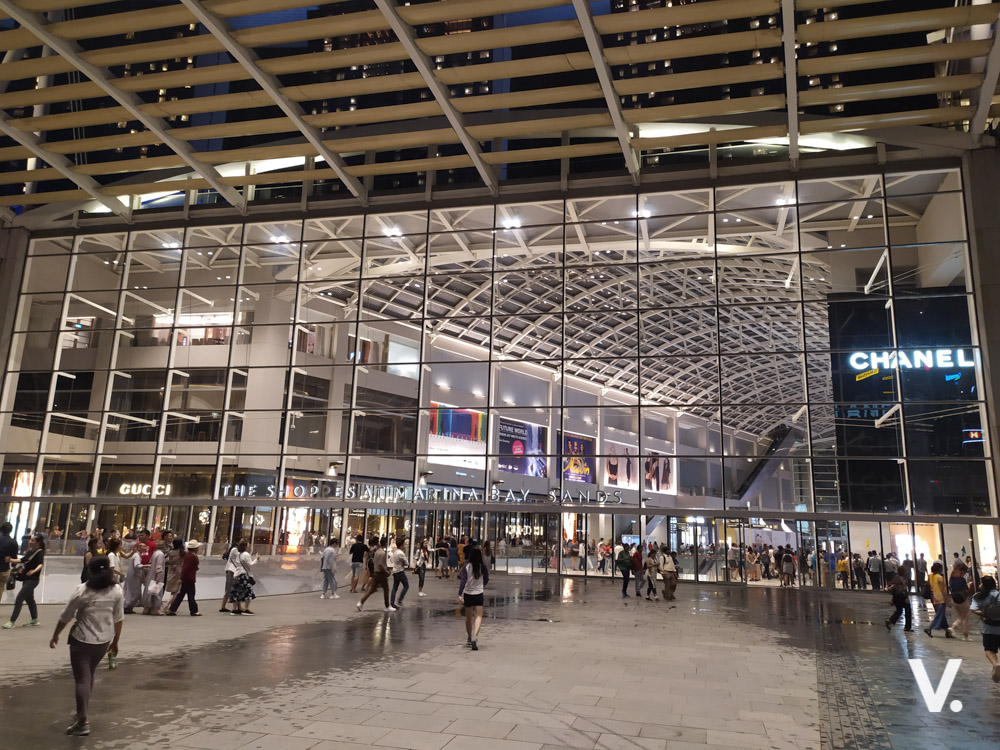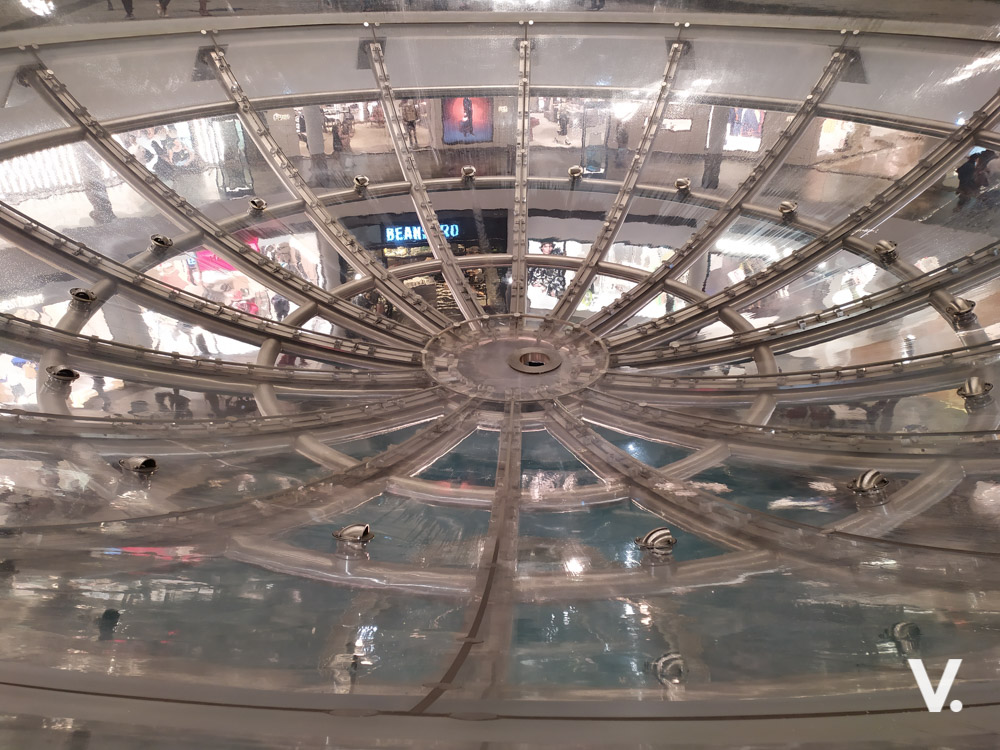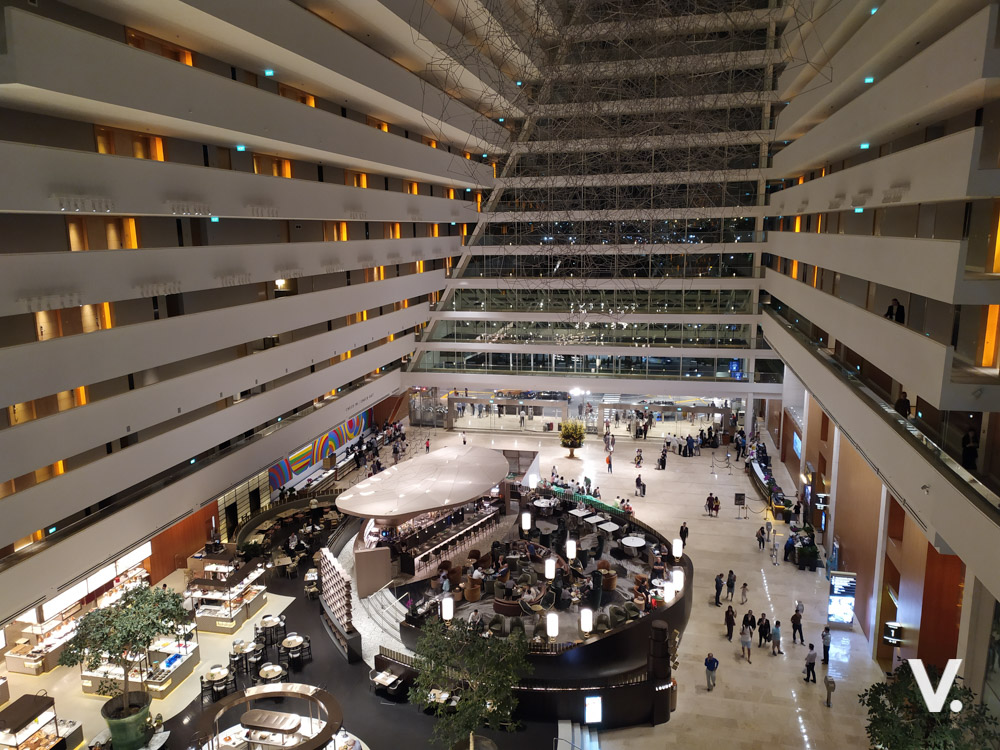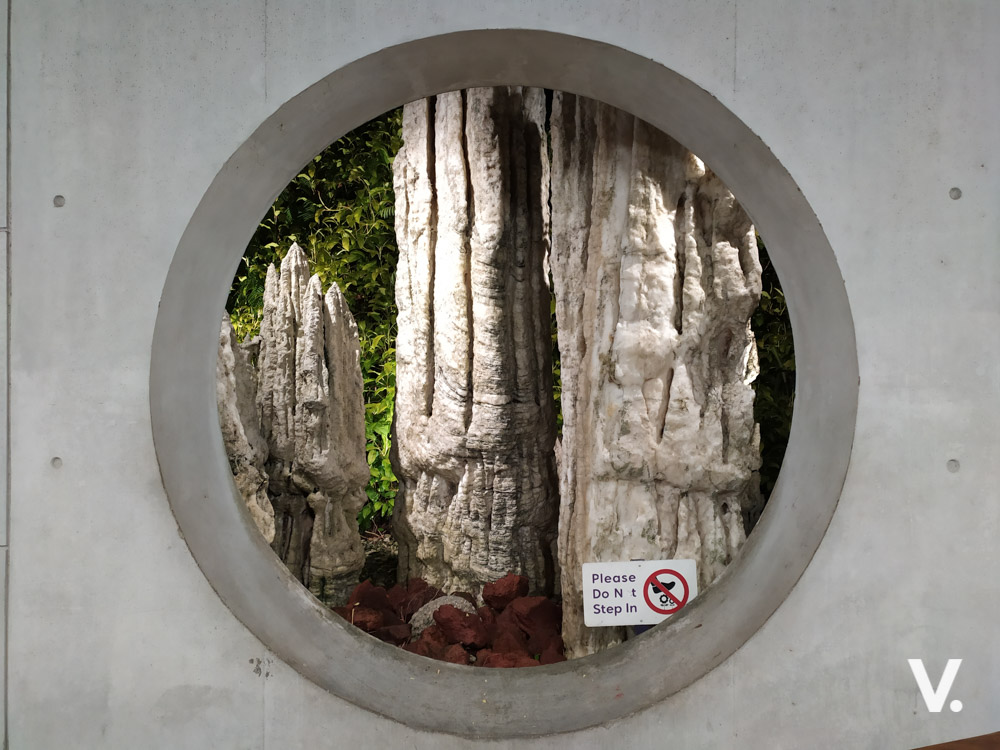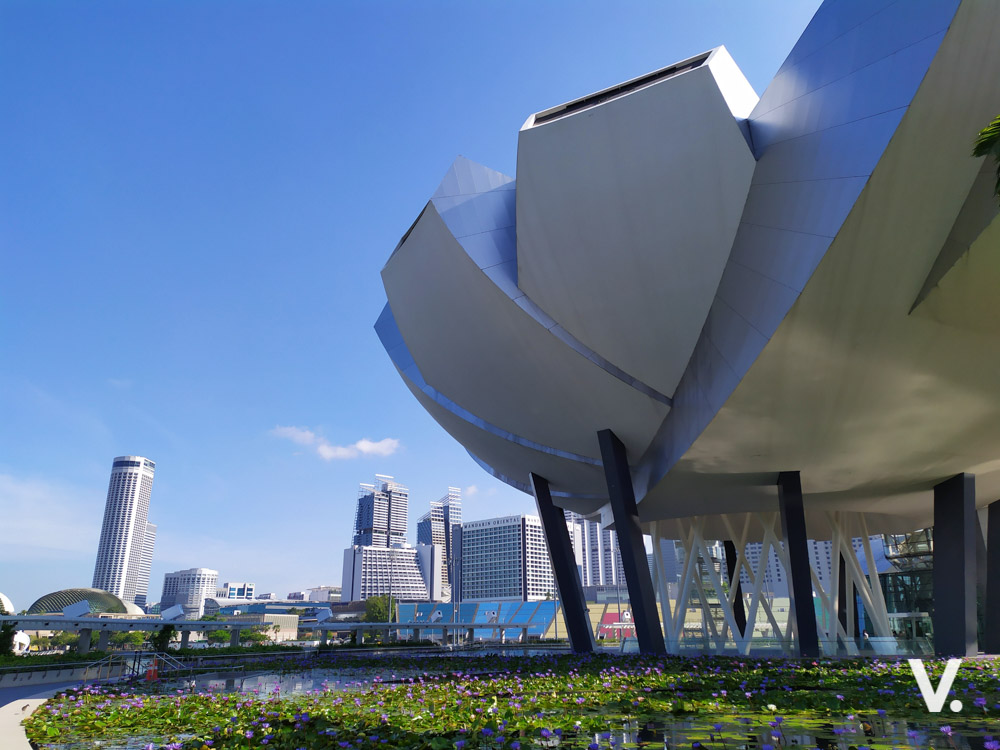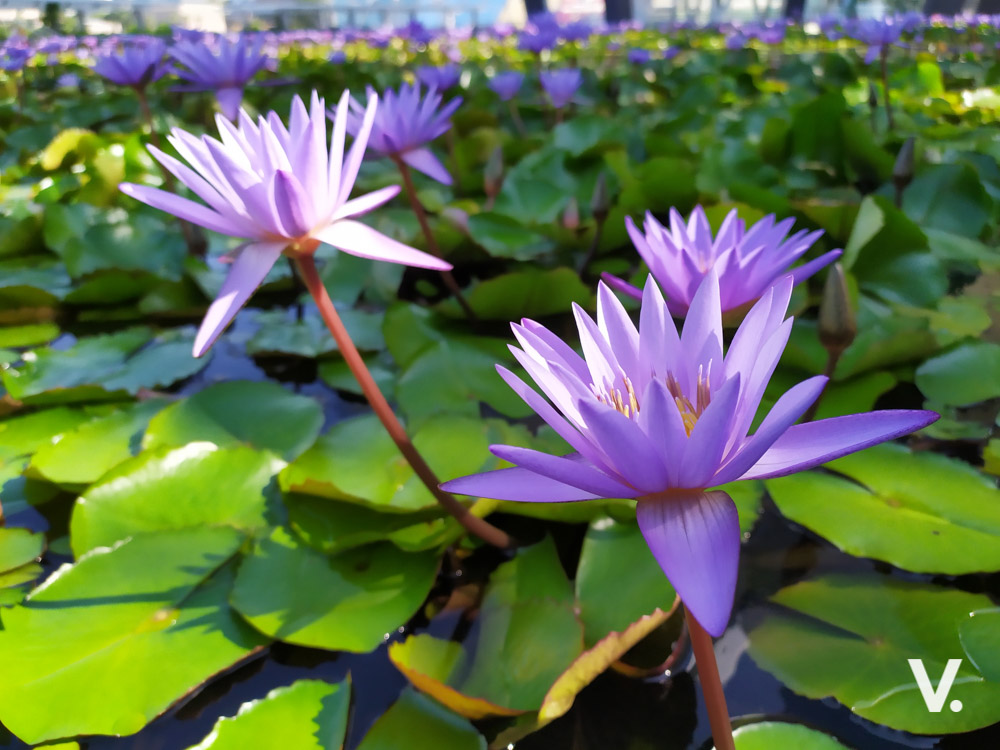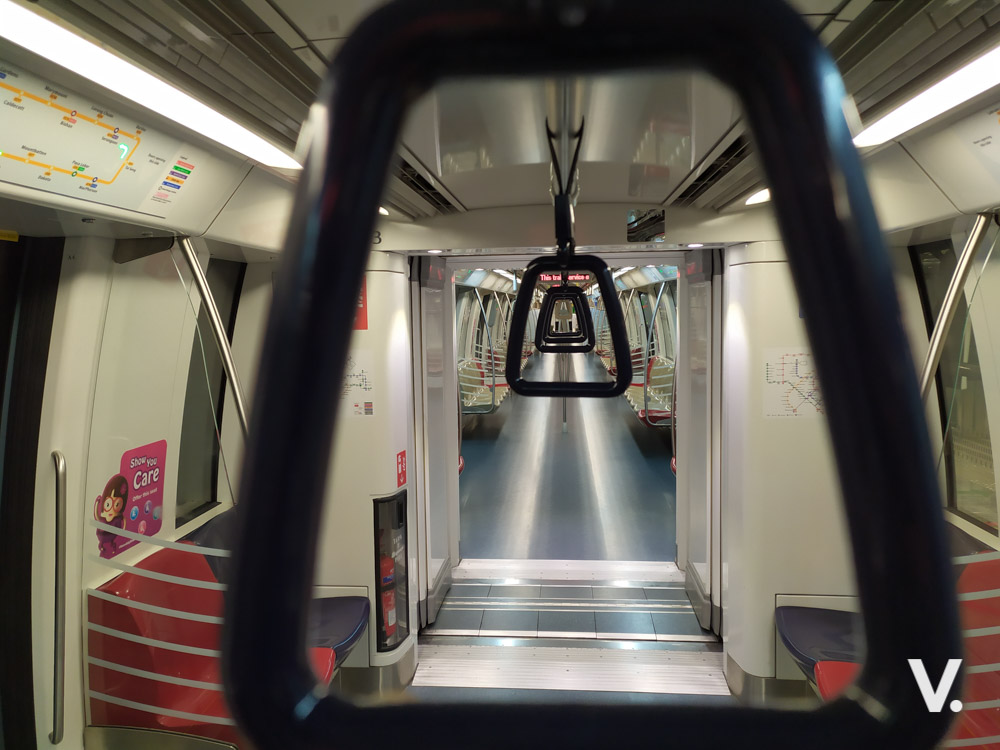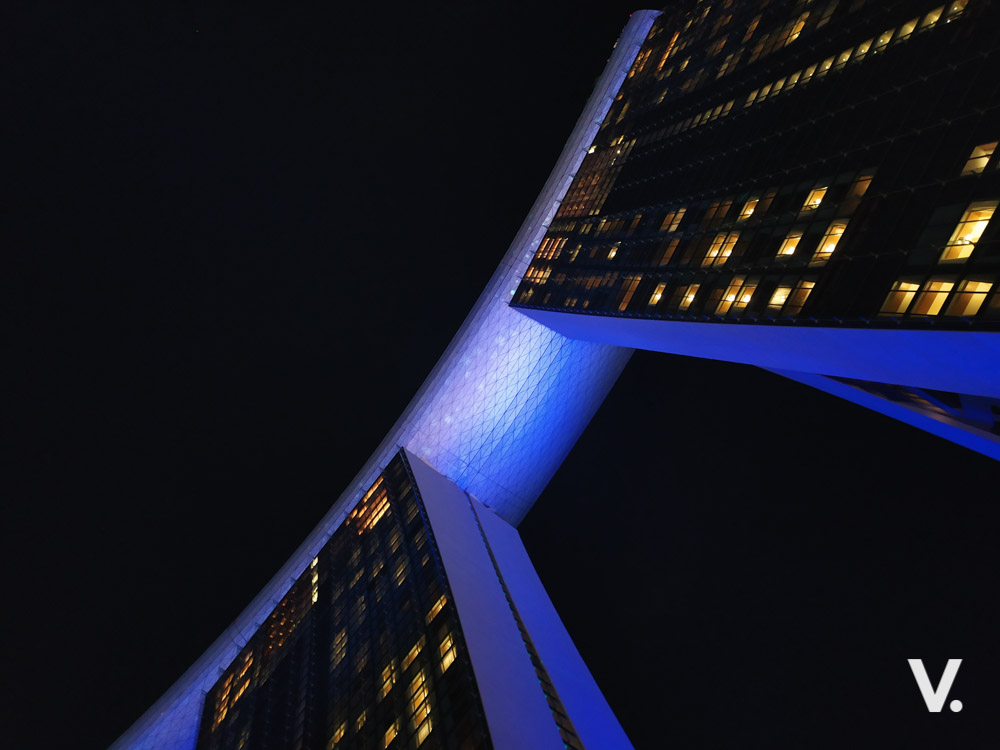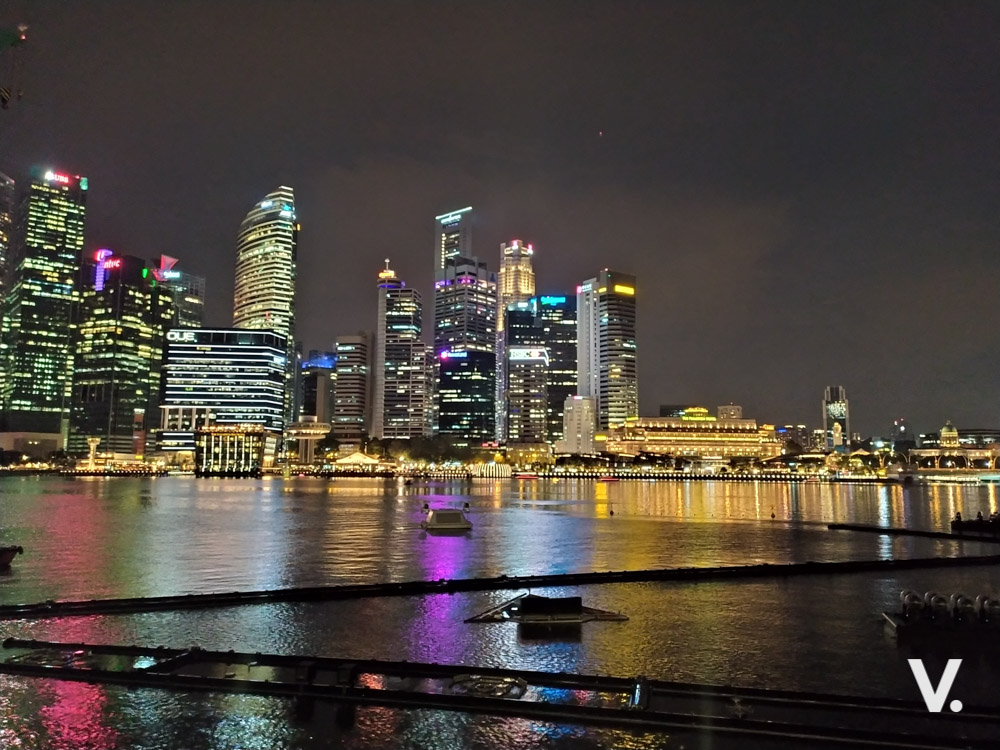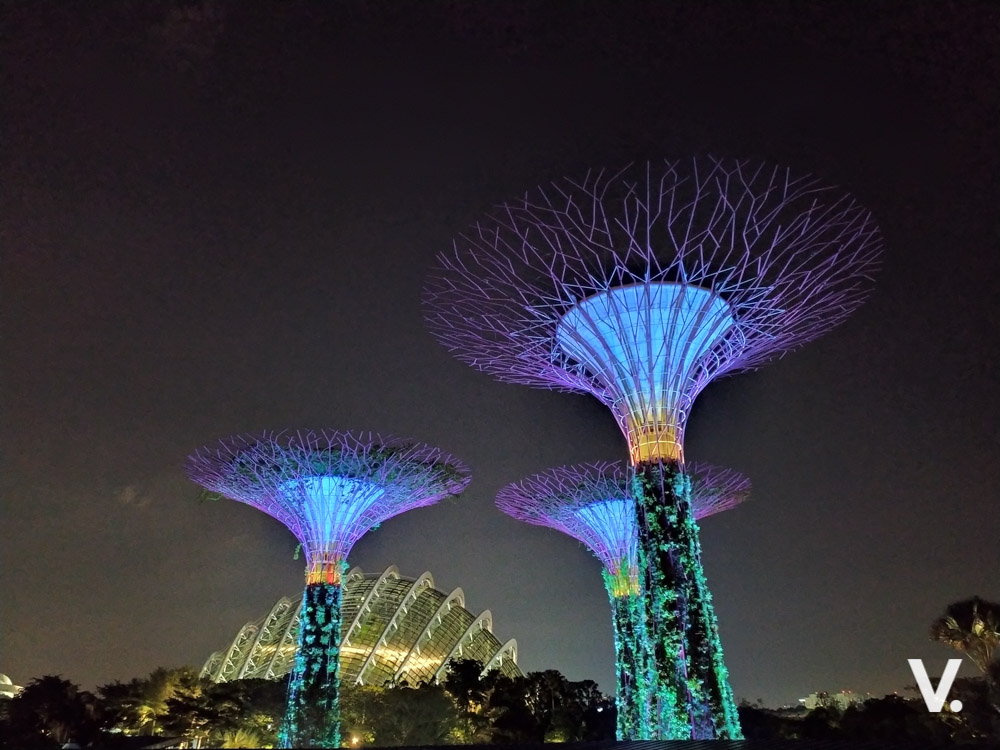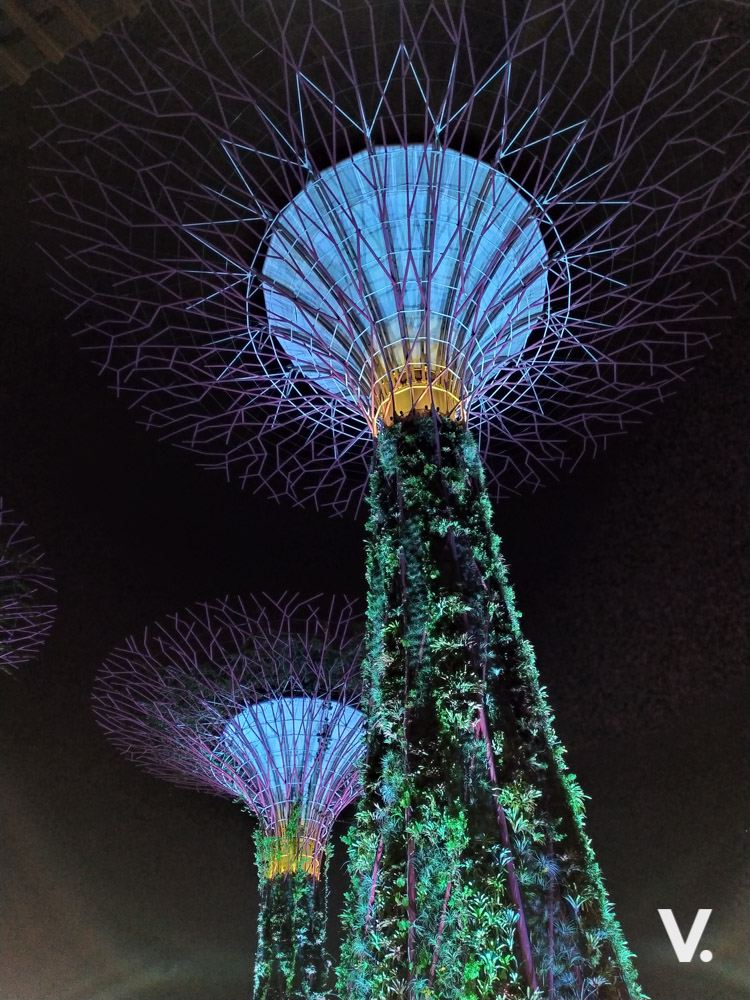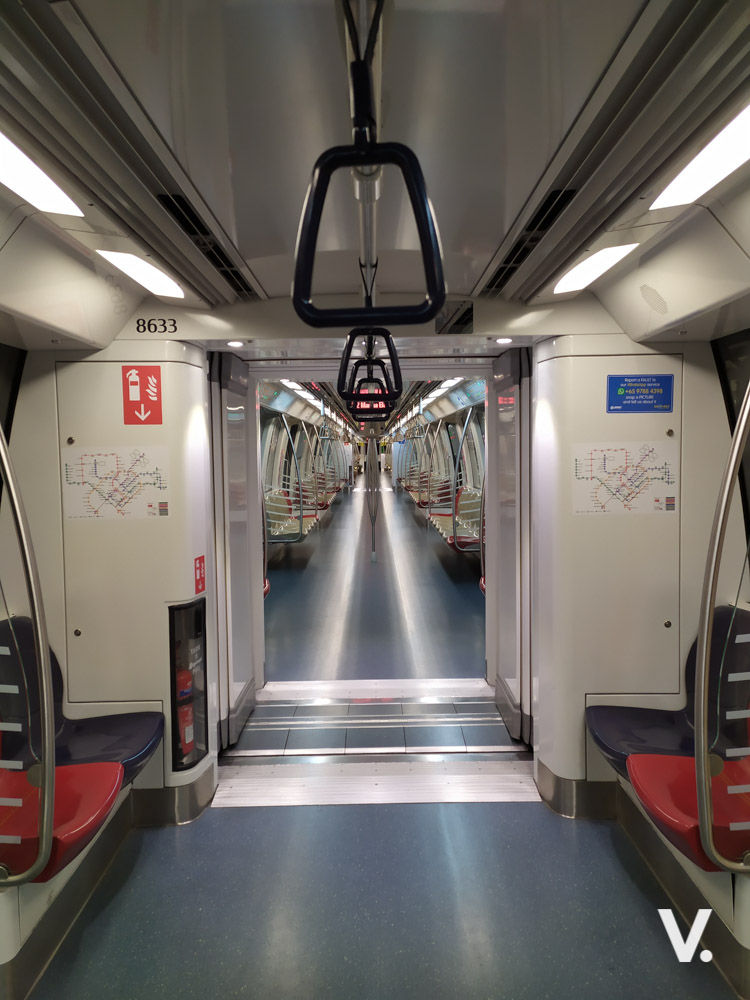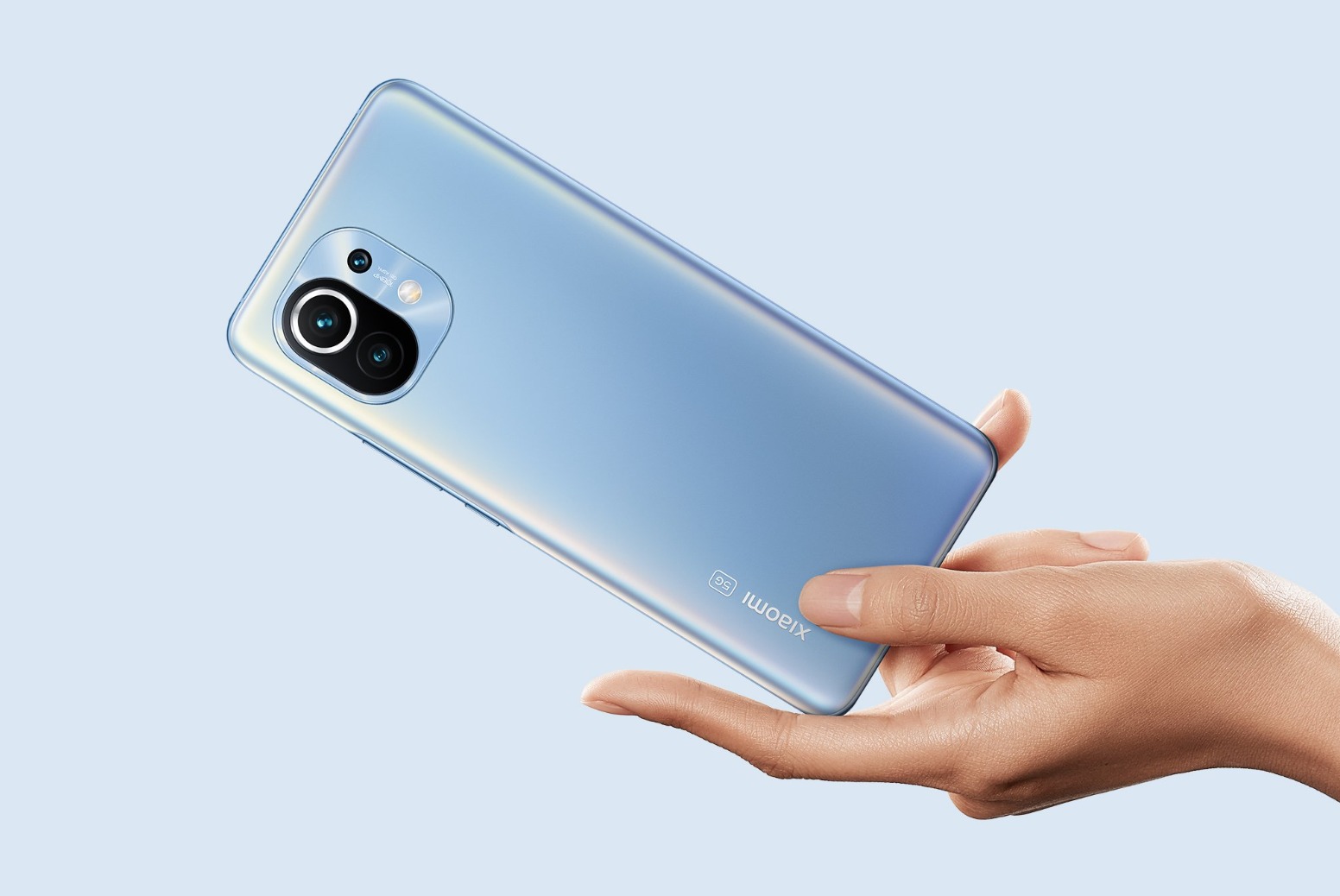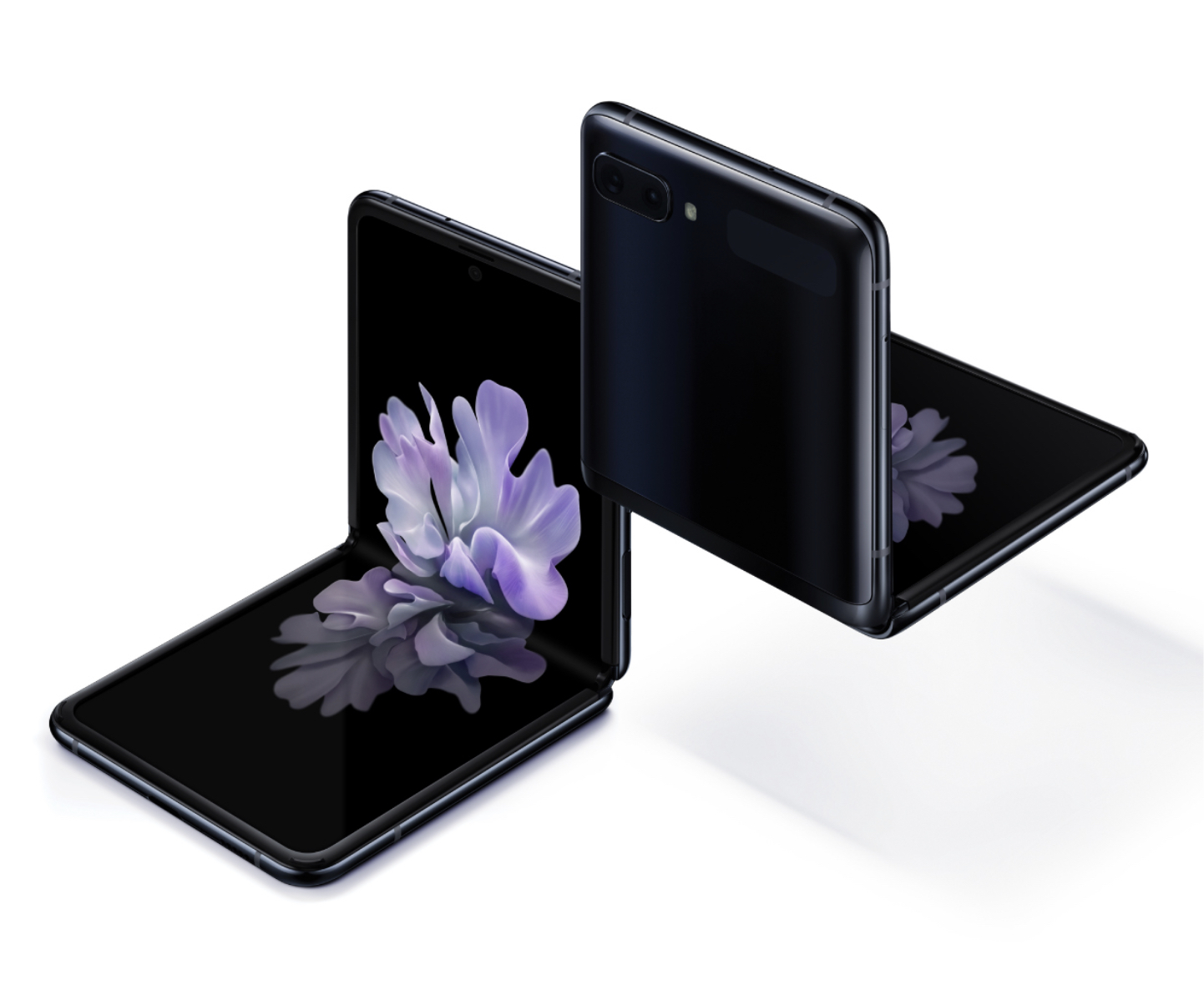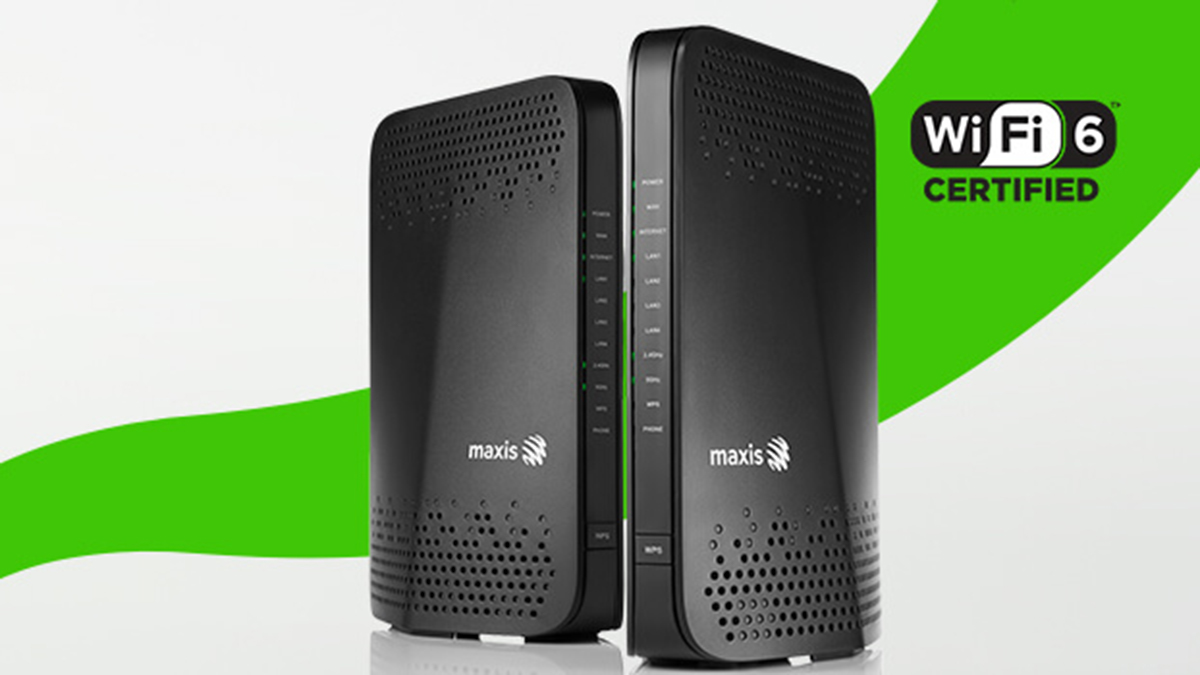Xiaomi’s Redmi line has long been king of the roost when it comes to affordable entry-level and mid-range Android smartphones. The line of devices has been so successful that Xiaomi have decided to turn it into yet another a sub-brand, similar to Pocophone.
Much like the aforementioned sub-brand, Redmi’s “first” higher-end offering, the Redmi Note 7, comes in guns a-blazing, aiming to take down the Realmes, honors and ZenFone Max Pros that are vying for that mid-range throne. So, does it hit the bulls-eye or does it miss the mark?
Design & Build
While I will miss the days of the Redmi Note devices being built with solid aluminium bodies and chassis, the Redmi Note 7 keeps up with the times (and competition) and sports 2019 aesthetics. Replacing the aluminium is a polycarbonate frame and Gorilla Glass 5 on the front and rear. There’s quite a bit of heftiness and thickness to the device, which makes the device feel very solid.
In terms of display, it comes with a 6.3-inch LCD display pushing Full HD+ (2340×1080) resolution. Instead of full notch, the Note 7 features a dot/dew drop notch, which sits smack in the centre of the display. This is of course done to give you more real estate and combine that with the fairly minimal bezels, you get plenty of screen and easy to handle one-handed. The rounded edges of the phone also makes it very pleasant to hold.
Another 2019 “feature” that the Note 7 comes with is the choice of colours. The unit I reviewed was the classy Space Black variant but if you’re a fan of gradients and shifting colours, there’s the Nebula Red and Sapphire Blue.
One of the neatest little things to me about the Note 7 is where the LED notification is located. As there isn’t a lot of space on the top of the device, Redmi placed it on the chin of the phone just above the USB Type-C charging port. It’s nice but when I first started using the device, I would flip the phone the wrong way round to read my messages.
Aside from the glass back being extremely slippery and smudge prone, the other gripe I have with the device is the fact that camera protrudes out quite a fair bit. This makes the phone extremely wobbly when placed on the table, which also makes me quite worried that the glass covering the lenses might get scratched up. So I’d recommend a case that has a raised ridge surrounding the camera.
Buttons and ports are pretty much the usual suspects. Clicky and tactile volume rocker and power button on the right, hybrid SIM slot on the left, USB Type-C charging port at the bottom and 3.5mm headphone jack and IR blaster at the top.
Hardware
Sadly, while the Redmi Note 7 comes with 2019 aesthetics, it doesn’t exactly come with 2019 internals. Under the hood, the device sports a Qualcomm Snapdragon 660 AIE octa-core processor. While I would have liked to see the Snapdragon 670 or 710 being used, the 660 is still a nicely balanced CPU.
On the graphics side of things, the Note 7 has an Adreno 512 GPU and you can get in three variations, 3GB RAM and 32GB storage, 4GB and 64GB storage or 4GB and 128GB storage. My review unit was the second variant and out of the box, it has about 52GB of free space, which isn’t too bad.
Unlike the Realme 2 Pro or ASUS ZenFone Max Pro M2, the Note 7 doesn’t come with a triple card slot. Instead, it has a hybrid card slot, which means you have to choose between using a microSD card or a second SIM, which I feel is quite a bummer.
While the battery in the Note 7 isn’t a 5,000mAh one like the found the ZenFone Max Pro M2, it’s still a very sizable 4,000mAh. It also gets an added brownie point for using USB Type-C with support for Quick Charge 4. That brownie point however, quickly crumbles because the bundled charger is only a standard 10W.
Now for the cameras. The Note 7 features a 48MP main camera that uses Samsung’s GM1 ISOCELL sensor with an f/1.8 aperture. The main camera utilises 4-in-1 Super Pixel (1.6 micron pixels) technology to combine the pixels, thus you’re actually getting 12MP images but with better exposure. The secondary 5MP camera is just for depth of field effects.
On the selfie front, you get a 13MP camera, which has the standard AI beautification and portraits modes.
The Note 7 supports Wi-Fi 802.11a/b/g/n, 2.4GHz or 5GHz WiFi, Bluetooth 5.0, GPS, AGPS, GLONASS and Beidou. While it doesn’t feature NFC, it does have an IR blaster, which is always nice to have.
Software
Like any other Xiaomi device, save for the Mi A series, which runs on Android One, the Note 7 has MIUI 10 layered on top of Android 9 Pie. Given the years of experience that Xiaomi has had to refine MIUI, this is one of the snappiest and smoothest iterations of the interface.
Yes, it mimics iOS as it doesn’t feature an app drawer but Xiaomi doesn’t make it hard for users to switch it out for a third party launcher such as Hyperion or Nova to make it look and feel close to vanilla Android. Xiaomi has retained a majority of Android Pie’s elements so it doesn’t feel like it’s trying too hard to be an iOS device.
Unfortunately, you will have to deal with a slew of Xiaomi’s proprietary apps but at least most of them are useful to a certain extent such as the Screen Recorder, QR Scanner and Compass.
Probably one of the biggest complaints I’ll have with the UI is the fact that some of these proprietary apps actually come with ads or as Xiaomi likes to call them “Recommendations”. These ads will show up in apps such as the Security Suite, Theme Store and Browser, but they can easily be turned off.
My rule of thumb is to turn off the ads from showing up by disabling the personalised ad recommendations in Privacy menu in Additional Settings. To block the ads in individual apps, check the settings and disable Recommendations.
Performance
Seeing as the Redmi Note 7 is the third phone I reviewed this year with a Snapdragon 660 AIE CPU, I have to say that this is probably the smoothest out of the lot. That’s probably a lot to do with how refined MIUI is and quite frankly, the device never once lagged or crashed during my time with it. Even switching between apps while multitasking is very smooth.
It produced commendable scores in my usual set of synthetic benchmark and comes in pretty much on par or just slightly better than the Realme 2 Pro or ASUS ZenFone Max Pro M2.
Gaming performance is also very similar to both the Realme and ZenFone, meaning you can play games such as Asphalt 9, Into the Dead 2, Dead Trigger 2 and even Injustice 2 with no problems if you toned down the graphics settings to Medium. Simpler games such as Alto’s Odyssey and Tacticool on the other hand, can be enjoyed with High graphics settings.
For those of you who are looking for a smartphone with battery performance that can last you all day and maybe a little bit more, the Note 7 will not disappoint. As always, I “test” devices as if I were to use them on a daily and my usage varies from light to medium usage. Usually, I unplug my phones at about 8.30am and end my days at around 12.30am. In between those times, I will use the device mainly for instant messaging, scrolling through Instagram, reading articles using the internet browser, streaming music from Spotify to my car’s entertainment system via Bluetooth, watching videos on YouTube in HD and playing games for a short period here and there.
With that kind of usage, I found it a challenge to make the battery dip below 30 percent. The lowest I ever got to was 27 percent and this was after an 18-hour day which began at 8.30am and ending at 2.30am with a screen on time of about five hours.
Using the bundled charger to charge the phone, it usually takes about 30 minutes to replenish about 30 percent of juice. So if you do have a Quick Charge 3 or 4 adapter lying around, it should take a lot faster. With a Quick Charge 3 charger, it took just slightly over an hour to get about 60 percent of battery back.
If you consume a lot of multimedia on a daily basis, the Note 7 won’t disappoint as well as its LCD Full HD+ display produces very nice colours and sharp images. Texts are nice and crisp with no obvious bleeding. It also gets really bright so you won’t have any problems reading texts or looking at images under bright sunlight. The only little niggle I’ve had with the display is that it has minor light bleeding along the upper bezel but it’s not overly noticeable.
While it does only come with one bottom firing speaker, it is loud and also clear. Of course, it isn’t the bassiest thing available but at least I didn’t notice any distortions or cracks when I played my music loudly. Similar to most bottom firing speakers, my main gripe is that it gets blocked very easily.
Another thing to note is also the fact that the Note 7 doesn’t feature DRM L1 support, which means you can’t stream HD videos from Netflix. Hopefully Xiaomi works on patching this soon like they did with the Pocophone F1.
Camera
With its huge 48MP sensor, I expected the Redmi Note 7 to produce some really stunning images. Well, it’s safe to say that it was actually a bit of a mixed bag for me, which should be expected as this is a mid-range device after all.
During the day and with enough natural light, the Note 7 produced really nice shots. Images had plenty of detail with good contrast, accurate colours and no noise whatsoever. However, there were instances where it would also overexpose images making them look overly bright. While HDR usually helps to sort that out, more often than not, on the Note 7, it made the images look even brighter, colours were blown out and details were lost.
One of the main benefits of having the 48MP sensor with an f/1.8 aperture is how it can help to improve low-light photography and the Note 7 definitely does a lot better compared to the competition. Shooting in low-light using Night mode, photos came out well with minimal noise, good details and fairly accurate colours. Of course, you will need either a tripod or very steady hands as motion blur is still a thing.
If you love taking portraits of your family, friends or pets, the 5MP depth sensor helps to produce commendable and detailed photos with good edge detection. As for selfies, the 13MP front camera does quite well but there’s really nothing out of the ordinary.
Video recording however, isn’t really the device’s strong suit as it is just limited to 1080p videos at 30fps or 60fps. Videos turned out looking decent and with Electronic Image Stabilisation, it wasn’t too wobbly or shaky.
Here’s a free tip especially for those who love photography – the Redmi Note 7 has native support for the Camera2 API, which means you can download a port of Google’s Camera app found in the Pixel devices and make use of Google’s insane computational photography; giving you overall much better photos. Of course, these are third-party ports so some of them do have a few bugs but once you do find the right app and setting, I’m sure you’ll not go back to stock camera app.
In the box
- Redmi Note 7 unit
- 5V/2A Adapter
- USB Type-C cable
- SIM eject tool
- User guide
- Clear soft case
- Warranty card
Pros
- Solid build with Gorilla Glass 5
- Snappy performance
- Great battery life
- Quick Charge 4 support
- USB Type-C port
- 48MP main camera
- Support for Camera2 API
Cons
- Quick Charger not bundled
- Hybrid Card slot
- No NFC
- Ads in the UI
- No DRM L1 support (No HD streaming)
Verdict
So does the Redmi Note 7 still rule the roost or has its title been usurped by the likes of Realme, ASUS or honor? In my humble opinion, I would say it seems as though Redmi has it’s tush firmly planted in the top spot for now.
Regardless whether it’s now a Xiaomi or Redmi, one thing’s for sure, the Note 7 is a very good device especially for the price point it comes in at. That said, for those looking at a sub-MYR1,000 Android smartphone that looks good and performs smoothly, you really can’t go wrong with this device.
Pricing and availability
The Redmi Note 7 retails for MYR679 for the entry 3GB + 32GB variant, MYR799 for the 4GB + 64GB variant and MYR999 for the range topping 4GB + 128GB variant and is available for purchase from Lazada Malaysia, Maxis, Shopee, DirectD and Urban Republic.
Sample Photos
All photos are straight from camera and unedited aside from the addition of watermark. Click on thumbnails for a bigger view.


